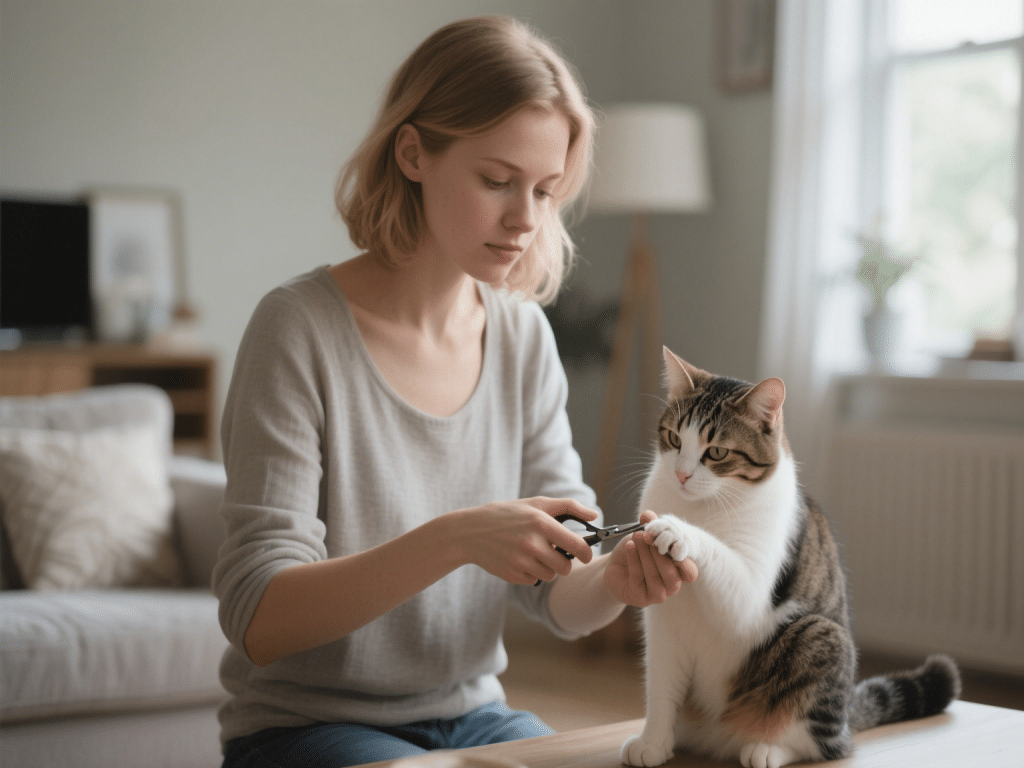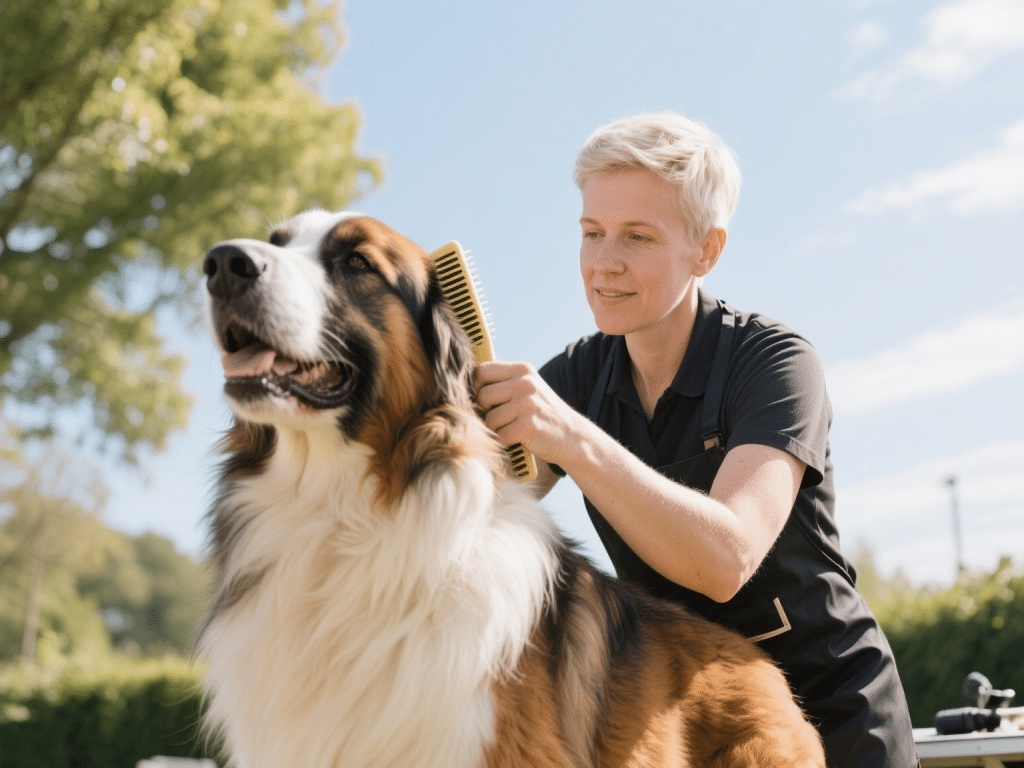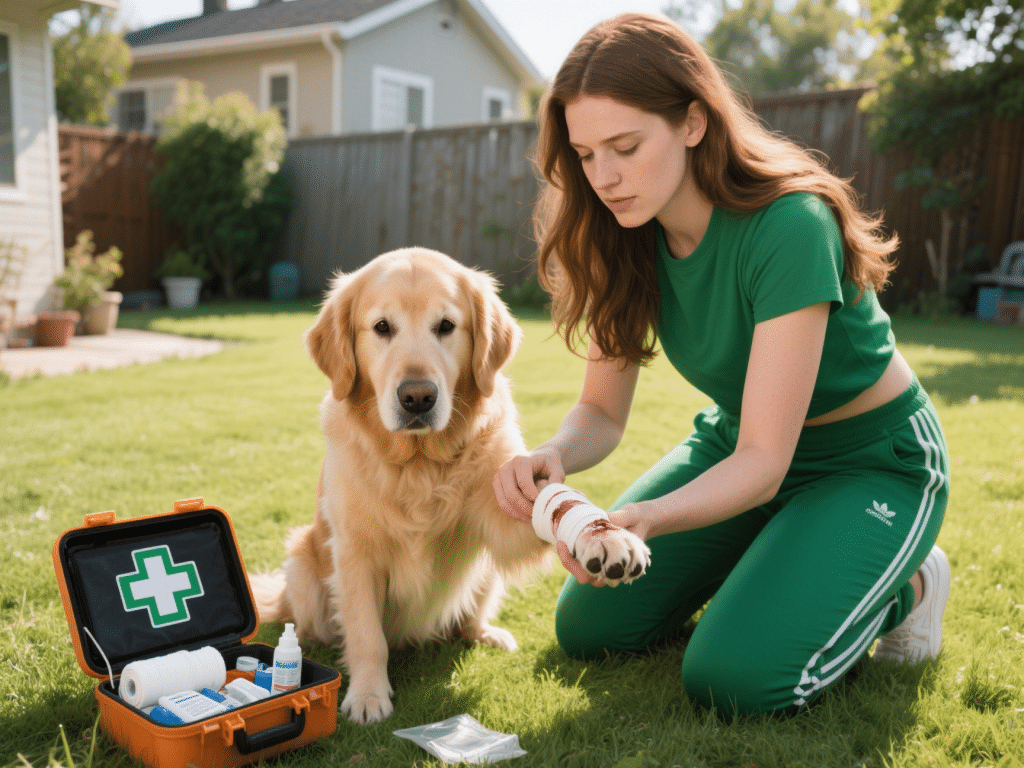As a rabbit behaviorist with over a decade of fostering and rescuing domestic rabbits, I understand that trust forms the bedrock of a healthy human–bunny relationship. Rabbits are prey species—they assess new stimuli cautiously. My eight‑step bonding framework reduces fear responses, encourages calm interactions, and deepens your emotional connection.
1. Creating a Safe Haven
Begin by establishing a consistent “base camp”—a quiet enclosure with familiar hay, toys, and hideouts. Rabbits bond when they feel secure. Avoid loud noises or abrupt changes during the initial two weeks.
2. Slow‑Approach Technique
Sit at rabbit level, 3–4 feet away, and speak softly. Avoid direct eye contact; instead, glance sideways. Extend a finger palm‑up to allow the rabbit to initiate sniffing. Patience is key—resist the urge to lean forward too soon.
3. Treat‑Mediated Positive Reinforcement
Offer small pieces of fresh parsley or carrot rounding the base camp perimeter. Use low‑calorie treats to prevent weight gain. As trust builds, rabbits will hop closer, linking positive associations with your presence.
4. Gentle Touch Desensitization
Once your rabbit comfortably eats from your hand, introduce light ear rubs and chin strokes. Observe body language: a flopped‑down posture and softly closed eyes indicate bliss; tense muscles or flattened ears signal discomfort—stop and reassess timing.
5. Interactive Play & Foraging Games
Engage in supervised play sessions with teaser toys (feather wands adapted for rabbits) and foraging puzzles. Shared activities reinforce trust through cooperative exploration.
6. Routine & Predictability
Maintain a daily schedule for feeding, exercise, and cuddle sessions. Rabbits thrive on routines; knowing when to expect your presence minimizes anxiety.
7. Respecting Boundaries & Rest Periods
Allow rabbits to retreat when tired. Do not force interactions. A short rest break followed by resumed calm interaction often yields faster bonding than continuous sessions.
8. Long‑Term Maintenance
Continue reinforcement through occasional special treats and gentle grooming. Over time, your rabbit may initiate nudges for pets or even flop in your lap—signs of deep trust.
Conclusion
By combining environmental security, patient approaches, positive reinforcement, and respect for your rabbit’s pace, you can foster a joyful, stress‑free bond that enriches both lives. Remember: every rabbit is unique—adapt these strategies to your companion’s personality for optimal results.






Comments on "Stress‑Free Bonding Techniques for Rabbits & Their Human Companions" :